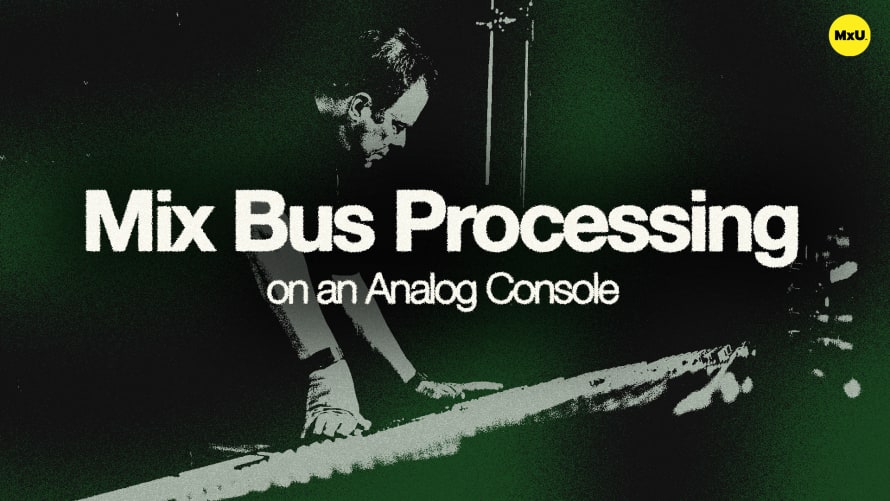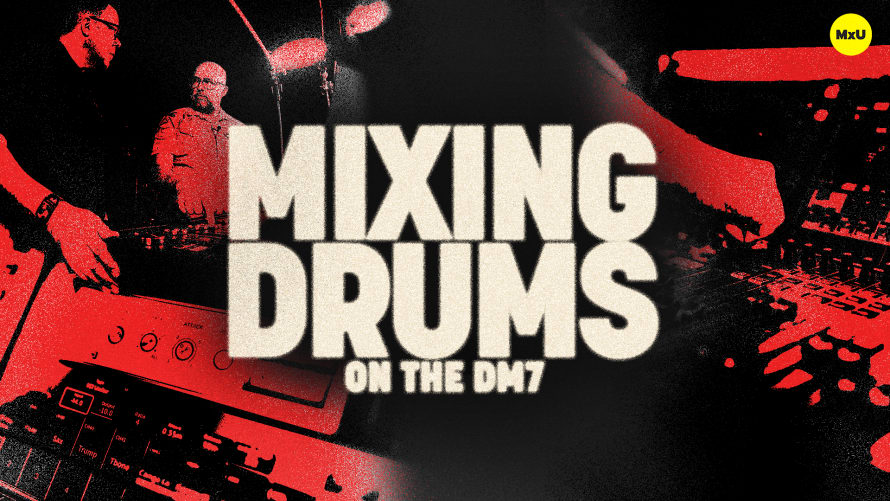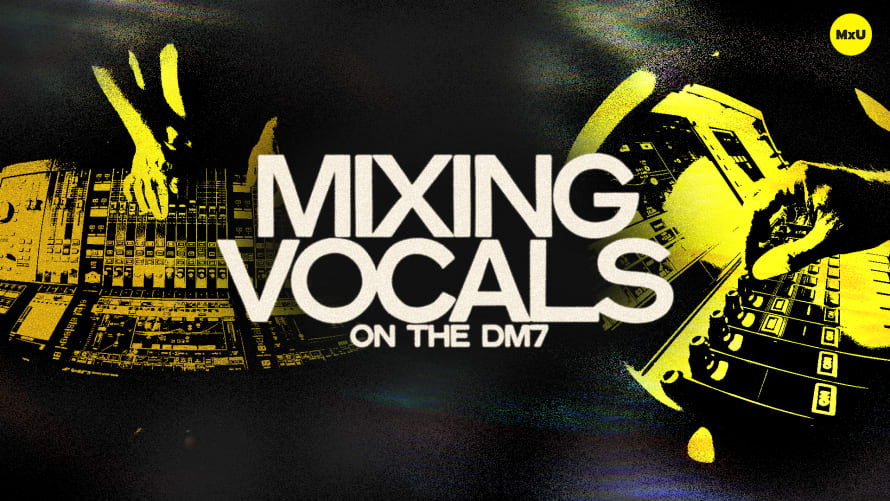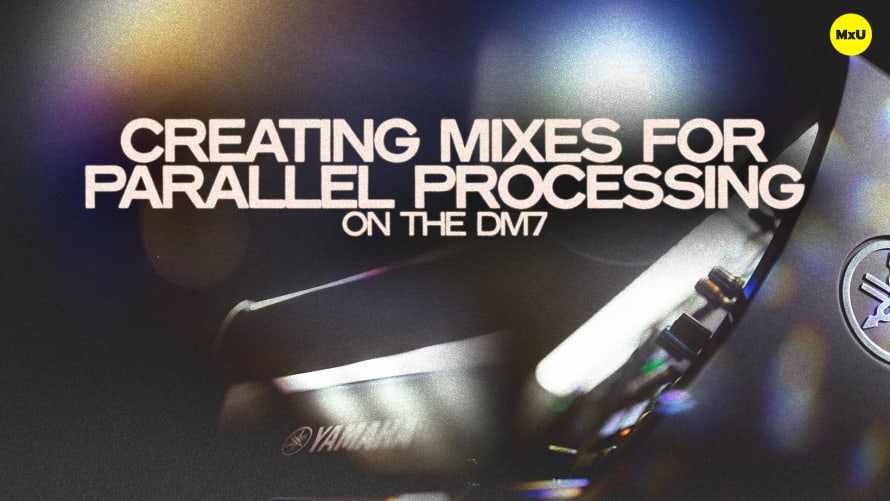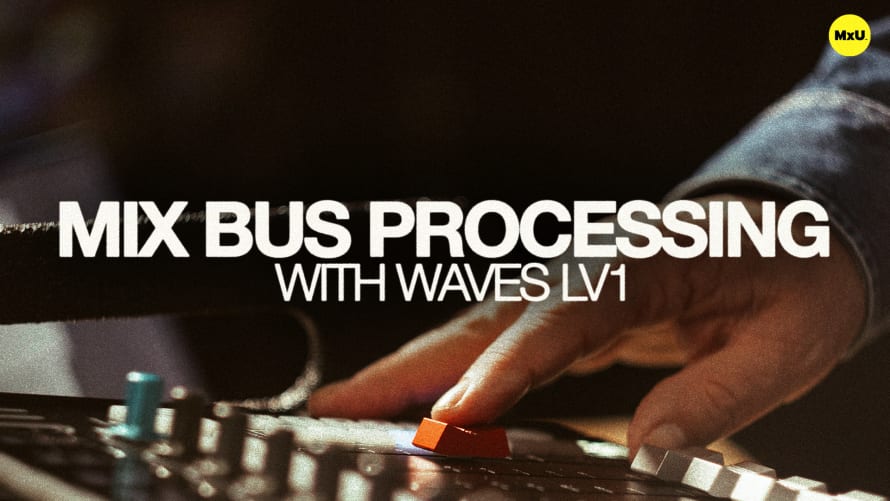Mixing Drums on an Analog Console
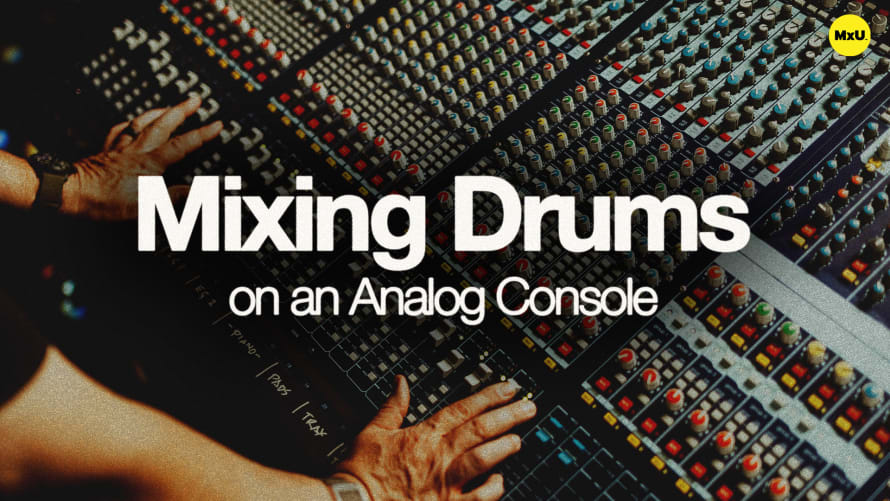
Sign up to watch Mixing Drums on an Analog Console and gain access to 500+ more Premium MxU videos.
Team
$99 .95
Per month, billed monthly.
For worship & tech teams
$83 .29
Per month, billed yearly.
For worship & tech teams
- Full course & video library
- Add your team
- Assign training
- Automated training workflows
- Create your own courses & videos
- Multi-campus support
- Organize with groups
Solo
$19 .95
Per month, billed monthly.
Just you, full content library
$16 .63
Per month, billed yearly.
Just you, full content library
- 889+ training videos
- Full course & video library
- Add your team
- Workflows, assignments, create courses & videos
More Premium Videos
Mixing drums on an analog console starts with gain structure, signal flow, and EQ. From setting levels to using compression and gating, Jeff provides practical tips and insights for you to enhance your mix on an analog desk.
Unpacking the Drums
Nine drum inputs are used in this mix: two kicks, two snares, a hi-hat, two toms, and overheads. Setting proper gain structure first is key to a great mix on analog. Your inputs should peak around zero to avoid clipping and provide enough headroom.
- Gain Indicators: The console has indicators for -15, 0, +12, and +18, with +18 indicating clipping.
- Analog Clipping: Avoid clipping as on an analog console, it could ultimately damage the circuitry.
Channel Strip Layout
The channel strip includes a 48V and pad switch, a gain knob, an EQ section, auxes, group assignments, a pan knob, mute button, and a fader. The fixed layout is standard on analog consoles but if you’re coming from digital, it may seem odd. Most digital consoles now have a flexible layout and flexible routing options.
Drum Processing
Kick and snare both have EQ adjustments to cut some of the midrange frequencies and boost the high and low frequencies. Jeff also uses gates and compressors to isolate and enhance the sound of each drum input, ensuring a clean and punchy mix.
Group Processing
Compression can be added to the whole kit via the use of group processing. All drum tracks are sent to groups one and two, with a stereo compressor applied to the groups. Group compression provides cohesion and additional punch to the mix.
Challenges and Solutions
One of the most common challenges faced by churches mixing analog is limited outboard effects. With only one reverb and one delay for example, they should be allocated efficiently across your inputs. Reverb and delay should be used wisely to avoid compromising the mix.
ChurchGear believes in rescuing used production gear from churches, restoring and repurposing it to smaller churches and individuals. They help churches with extra production gear by freeing up your space and putting money back in your budget. They help churches that need production gear with gear at a price point their budget can afford. Whether you have too much production gear or not enough, reach out to them today at sales@churchgear.com and they can help.
Courses
Categories
Audio
201
Premium Videos
Nothing added

